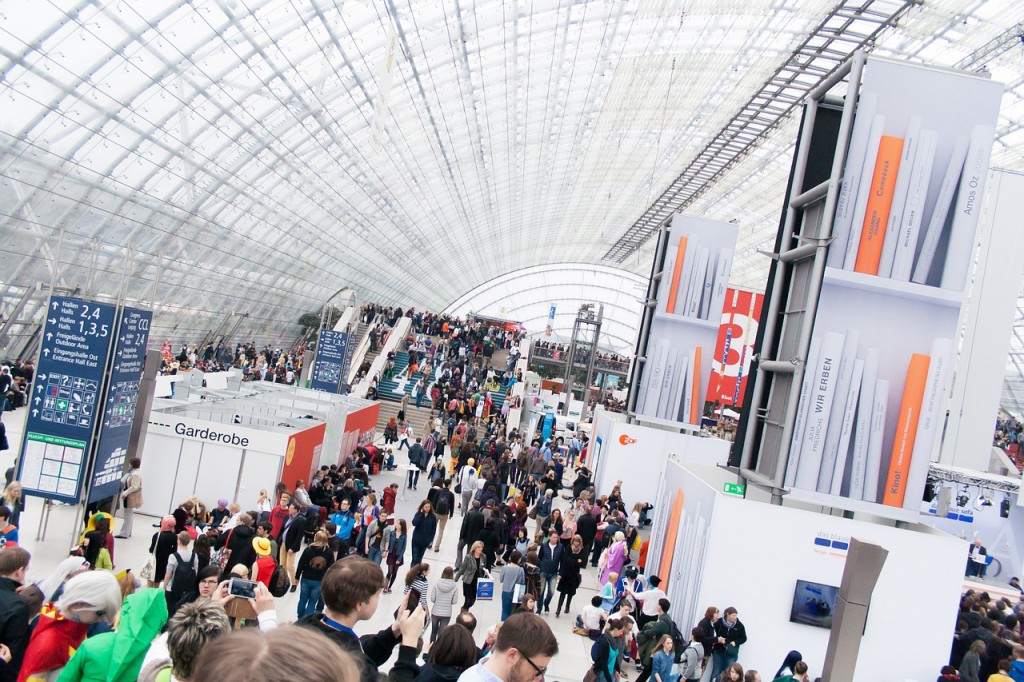With businesses feeling the pressure to find new and exciting ways to showcase their brand and connect with their audience, experiential tactics are becoming an integral form of marketing. With more businesses than ever before turning to events to promote new and existing products, this form of advertising is only increasing in popularity – and, as the marketing platform continues to grow, so does the competition. Businesses are seeking new and innovative ways to make their brand stand out from the crowd – and they’re harnessing event marketing to put them ahead of the game.

So why is experiential design growing in popularity? How can a marketing event serve to excite your audience? And how can it help you break the barrier between brand and consumer? From preparing for your event to the proactive follow-up and everything in between, we’re taking a look at why more and more businesses are turning to this multidimensional form of marketing to put their brand in the spotlight.
Pre-event planning
When it comes to a successful marketing event, the old adage of ‘failing to prepare is preparing to fail’ has never been more relevant – and experiential events require much more commitment than an impressive performance on the day. From the moment your marketing event becomes an idea, you should be planning for the day you showcase your brand – and once this is in place, you can begin promoting your event. Whether it’s a pre-planned event involving hundreds of businesses or a solo pop-up event, social media is a great platform to advertise your brand ahead of time and a cost-free way of securing a relevant audience.
During the planning stages, it’s essential that you and your team outline both goals and intentions, as well as what you hope to achieve from the marketing event. Companies looking to create professional business connections should take a different approach to their event versus those on a mission to secure leads and turn them into paying clients. Your target demographic should be clear from the planning stages – and your team should be fully briefed and entirely aware of what the end goal is for your brand.
The event
Earlier this year, a report from Forrester Research showed that 14% of a company’s marketing spend is allocated to event marketing, while traditional advertising takes up just 4% – proving that this innovative and multidimensional form of advertising is growing substantially in popularity. Unlike traditional advertising, experiential marketing offers you a platform through which you can break down the barrier between brand and consumer – and create an effective, meaningful bond with your potential clients.
Marketing events are an opportunity to expose audiences to your brand – and whether it’s choosing impactful exhibition stands or the professional manner in which you engage with the consumer, every aspect of your approach counts. For a successful ROI, the execution of your event should be original, exciting and innovative – while staying true to your brand values at all times.
Post-event follow-up
This is perhaps the most important part of the event marketing process, and the point at which many businesses stumble: failing to convert leads into paying consumers. You can avoid falling at the final hurdle by preparing for your post-event follow-up in advance. Your strategy should involve a quick turnaround from event to follow-up – this will not only help you to conquer the competition, but also prove to your leads that you’re serious about establishing a meaningful connection.
Don’t forget the social media connections you made while your event was in the planning stages – even if those leads didn’t become fruitful prospects, you can contact them for feedback and use their responses to inform your next event.
From your pre-event plan to the execution to the post-event follow-up, experiential marketing offers you the flexibility to design your own event from start to finish – meaning its success lies entirely in your hands.




